WASHINGTON, Aug. 29, 2008 - A group of family members, survivors and first responders shared their thoughts about 9/11 while visiting the nearly completed Pentagon Memorial here yesterday.
Tom Heidenberger, 62, lost his wife, Michele, when American Airlines Flight 77 plunged into the Pentagon's west wall on Sept. 11, 2001. Michele was the senior flight attendant aboard Flight 77, said Heidenberger, a former commercial airline pilot who lives in Chevy Chase, Md.
Heidenberger recalled that his wife had called him at home in the morning from Dulles International Airport here before her flight departed for the West Coast.
"My last words to her were 'Have a safe trip and I'll talk to you when you get to Los Angeles,'" Heidenberger said.
Heidenberger said he and his 21-year-old son, Thomas, had visited the memorial together two weeks ago. The memorial "gives us all a sense of closure," he added.
Located just outside the Pentagon, the memorial park features 184 granite-topped, stainless-steel "sculptural elements" that represent the 125 lives lost in the Pentagon and the 59 deaths aboard American Airlines Flight 77. Each element has a reflecting pool of water at its base, which is flood-lit in the evening. The families of the attack victims had a hand in the memorial's design.
Pentagon civilian employees Cathy Abell, 53, and Holly Russell, 50, visited the bench-like structure that featured the name of their friend, Marian Serva, who was among those in the Pentagon who perished in the attack.
"It is peaceful, and it brings a piece of the person back to me," Abell said of the memorial. "It gives me a place where I can come and visit with my friend whom I lost."
The memorial, Russell said, is "a nice place to come and reflect and kind of put life in perspective."
Army civilian employee John Yates recalled when the hijacked airliner struck the Pentagon nearly seven years ago.
"My offices were located about 100 feet inside the building, right near where the dividing line was where the collapse was," Yates said. "It was a typical day. Who would have thought anything was going to happen'"
On the morning of the attack, Yates was a civilian security manager for the Army's Deputy Chief of Staff for Personnel Office, which sustained a near-direct hit from the plunging airliner.
Yates was among a group of people, including Marian Serva, who worked as a congressional liaison officer in his office, who'd gathered around a television set watching news coverage from New York City after two terrorist-hijacked commercial aircraft had struck the World Trade Center's twin towers.
Yates, now age 57, vaguely recalls that the television then exploded.
"I remember seeing a ball of fire just coming over the top of my head from my left," he said. "It was an inferno."
Yates said he somehow managed to crawl below the acrid smoke to safety outside. He later discovered that four other companions standing by the television with him were killed in the blast.
The attack left Yates badly burned. Numerous skin grafts have repaired his hands, but a therapist still treats psychological scars left from the experience. Yates has since transferred to another Army agency in Arlington, Va. The memorial, he said, is "beautiful" and "very, very tastefully done."
Yates said 24 people in his Pentagon office, including his supervisor, Army Lt. Col. Dennis Johnson, died during the 9/11 attack.
"I still have e-mails from some of them," Yates said, as his voice cracked and tears welled up in his eyes. "I can't get rid of those. ... I'll just keep them."
Arlington County Fire Department paramedic Claude Conde, 40, recalled being called to the Pentagon in response to the attack.
"We were the lead agency, so pretty much our whole department was here that day," Conde said. "We were transporting patients most of the day." Conde called 9/11 "a big surprise." He conceded he was initially scared as he approached the fiery, blasted Pentagon.
"But we're trained to put those feelings aside and [to] try to help out the best way that we can," he said.
The Pentagon Memorial, Conde observed, "is very peaceful" in contrast to the hellish scene he witnessed at the Pentagon nearly seven years ago. "I think the memorial is very important to the victims and their families; I think they did a good job on it," the paramedic said.
Pentagon Force Protection Agency Sgt. Isaac Hoopii recalled pulling security sweeps at the stricken building with his German shepherd bomb-detection dog, Vito, for six months after the attack. Vito, he noted, retired from duty some time ago.
Hoopii recalled that he and his coworkers worked 48 consecutive hours to assist people who'd been injured in the attack. Later, he said, they combed the crash site area, "just making sure" that no terrorist-planted devices -- meaning explosives -- were about that could injure or kill more people.
"They did a wonderful job" on the Pentagon 9/11 Memorial, Hoopii said, noting it is a fitting tribute "to the people who lost their lives."
Pentagon Memorial Fund manager Jim Laychak lost his younger brother, David, an Army civilian employee, during the attack on the Pentagon. The $22 million memorial, Laychak said, is a culmination of years of effort and hard work. "It is a great feeling of pride and accomplishment. Everybody has worked together on this over the past five and a half years," he said.
The Pentagon Memorial "is a special place where people can go" to remember loved ones who perished in the attack, Laychak said, noting he's grateful to friends who assisted him after the loss of his brother.
"Anybody who knew me wanted to reach out and comfort me, so I think part of it is remembering how we comforted each other after that day," Laychak said.
The memorial will be officially dedicated at a Sept. 11 ceremony hosted by Defense Secretary Robert M. Gates. Thereafter, it will be open to the public 24 hours a day.



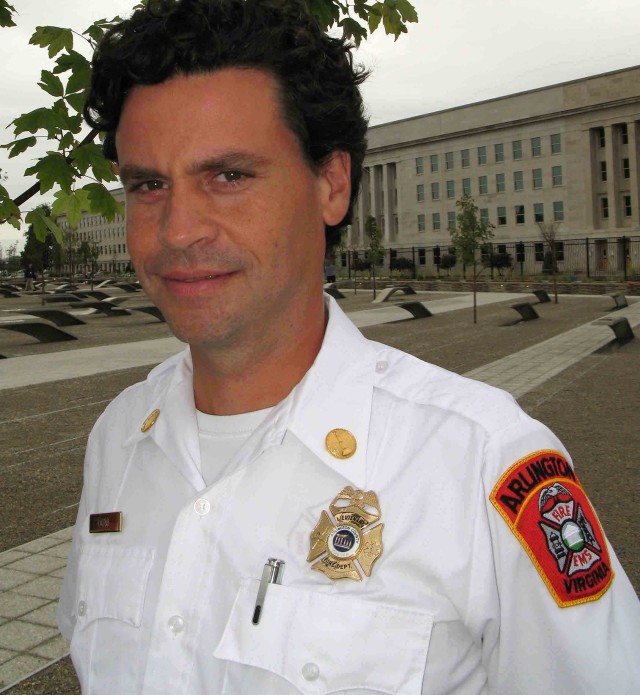
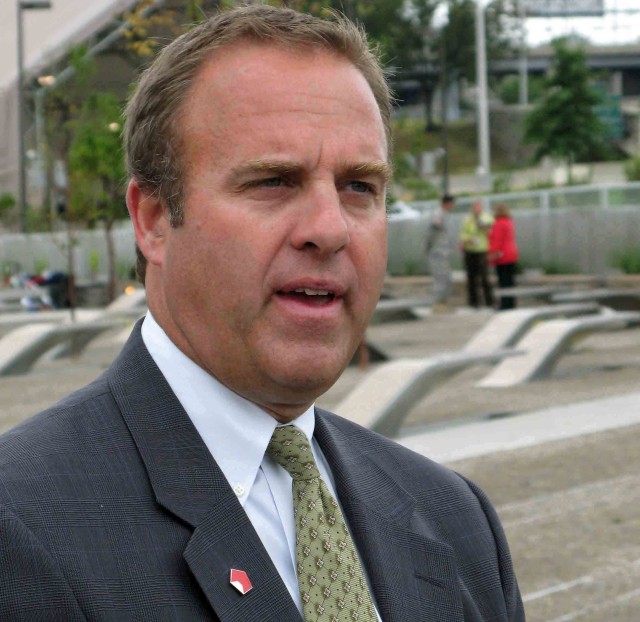
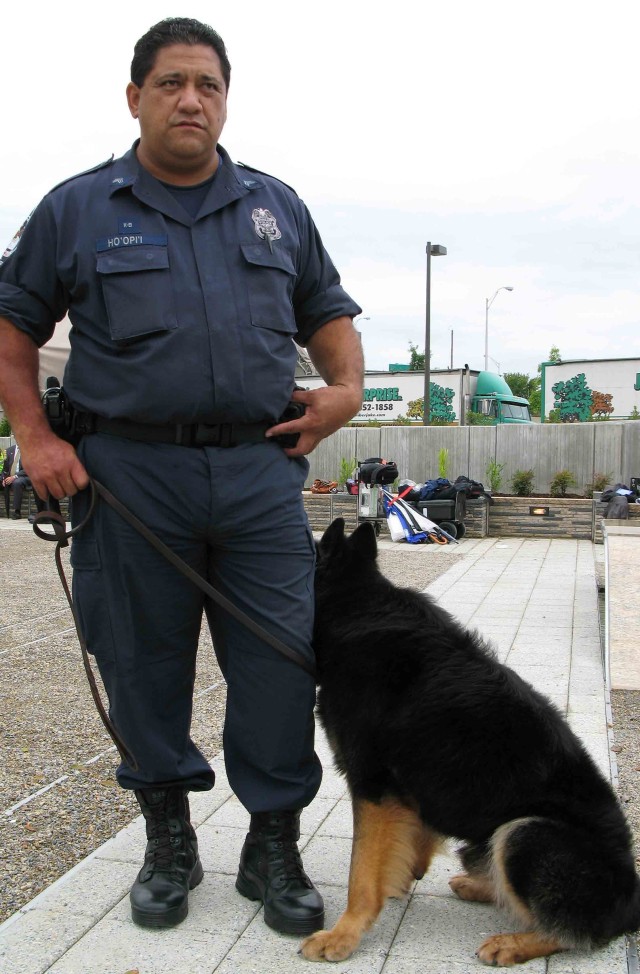
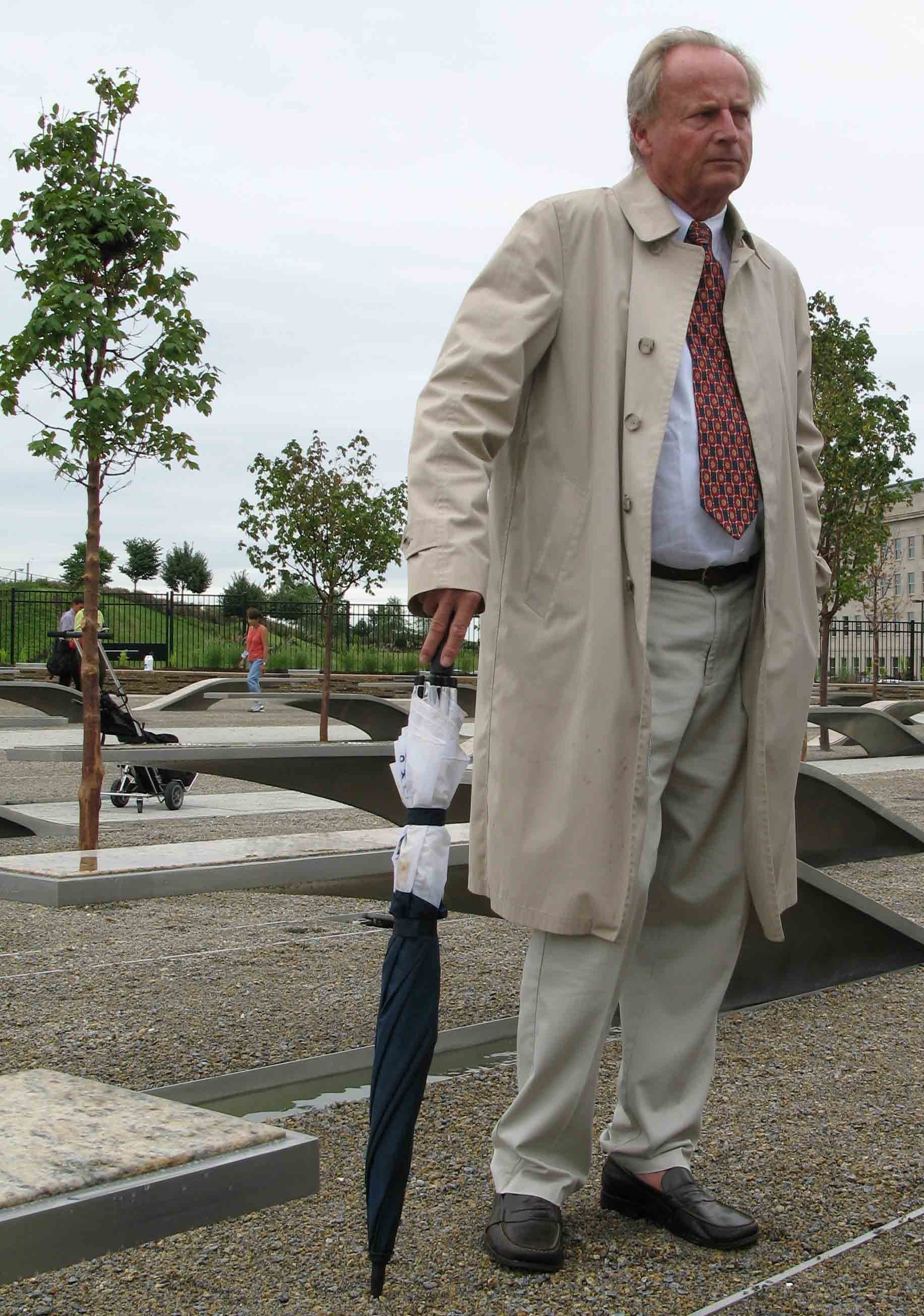

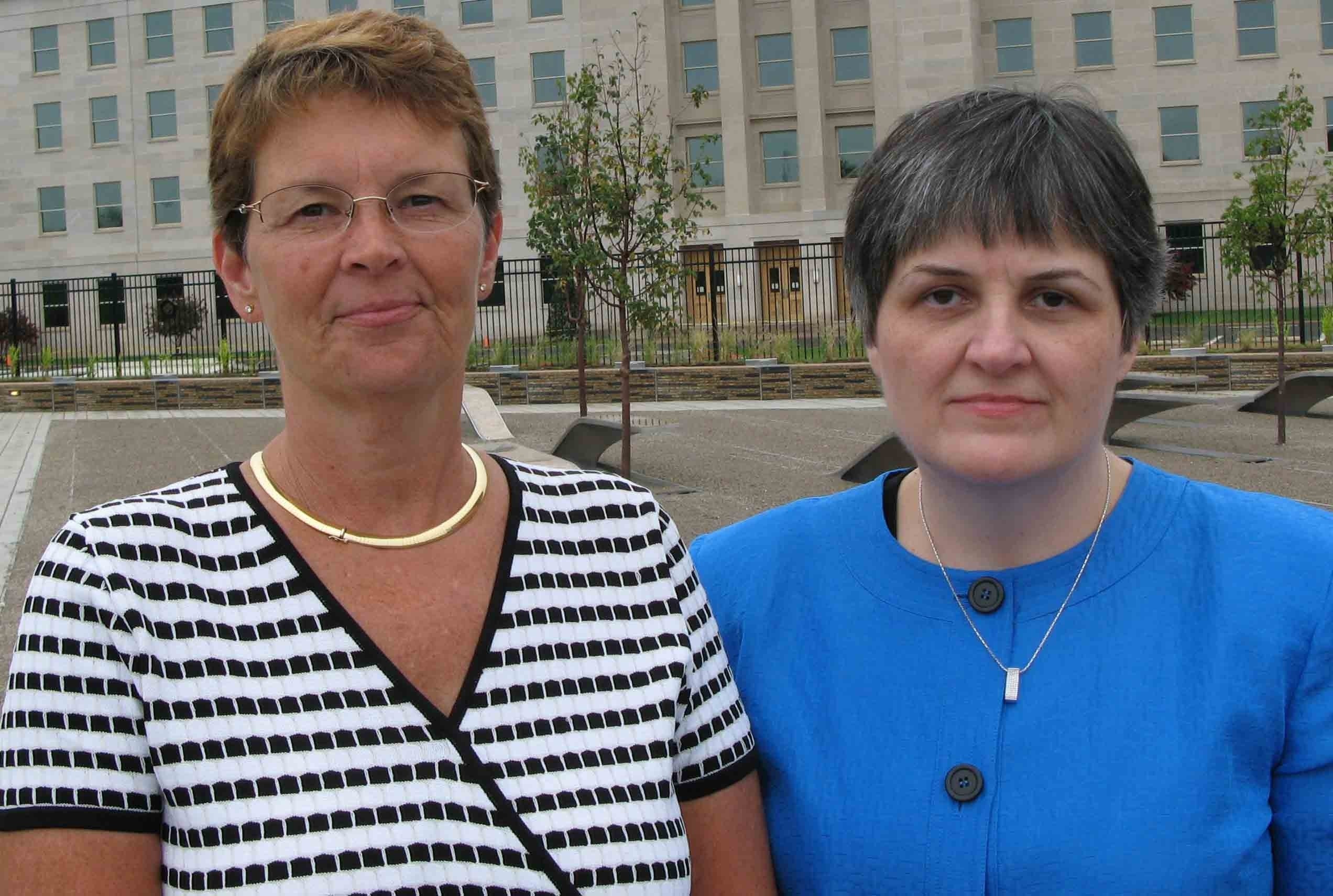
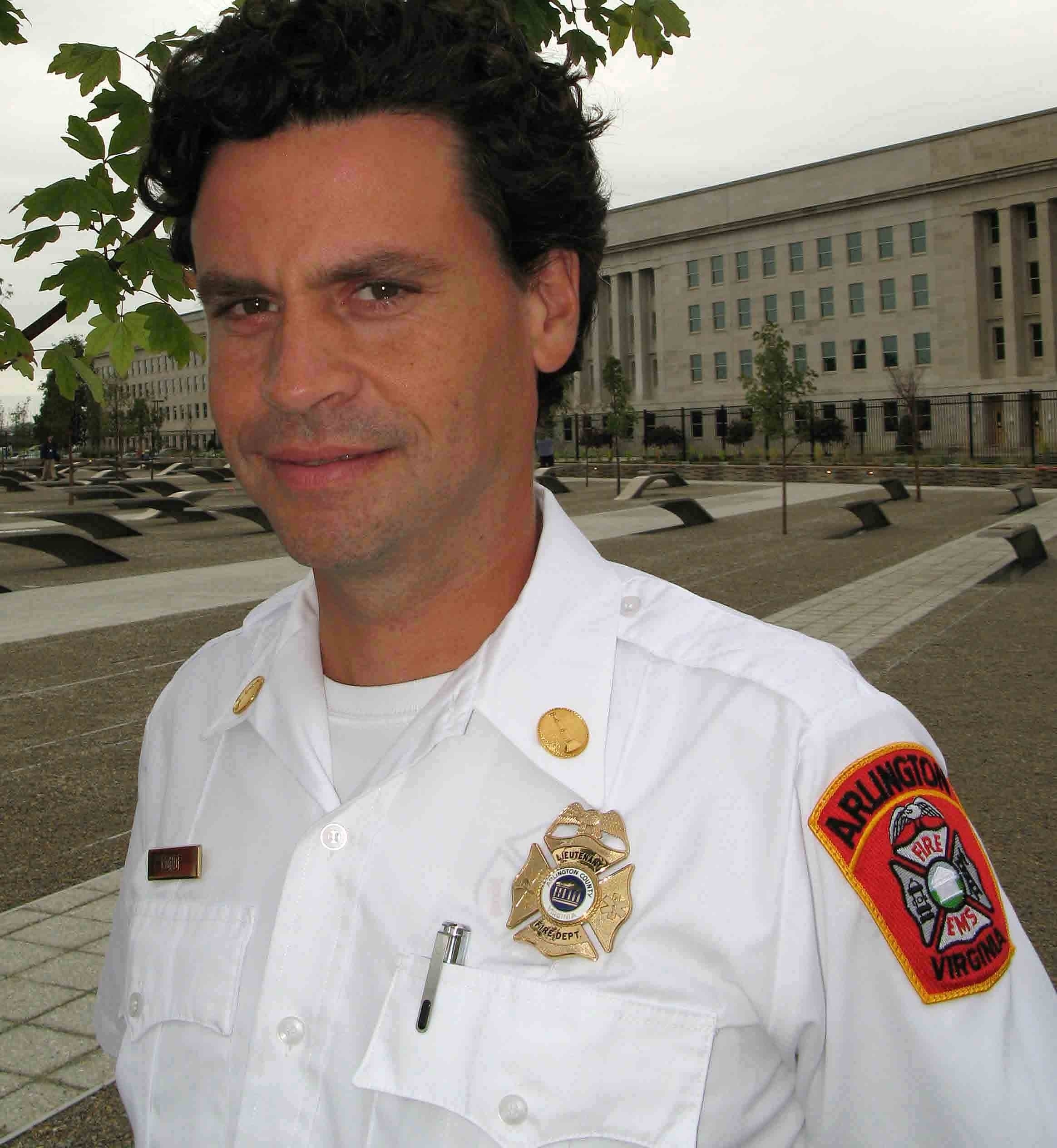

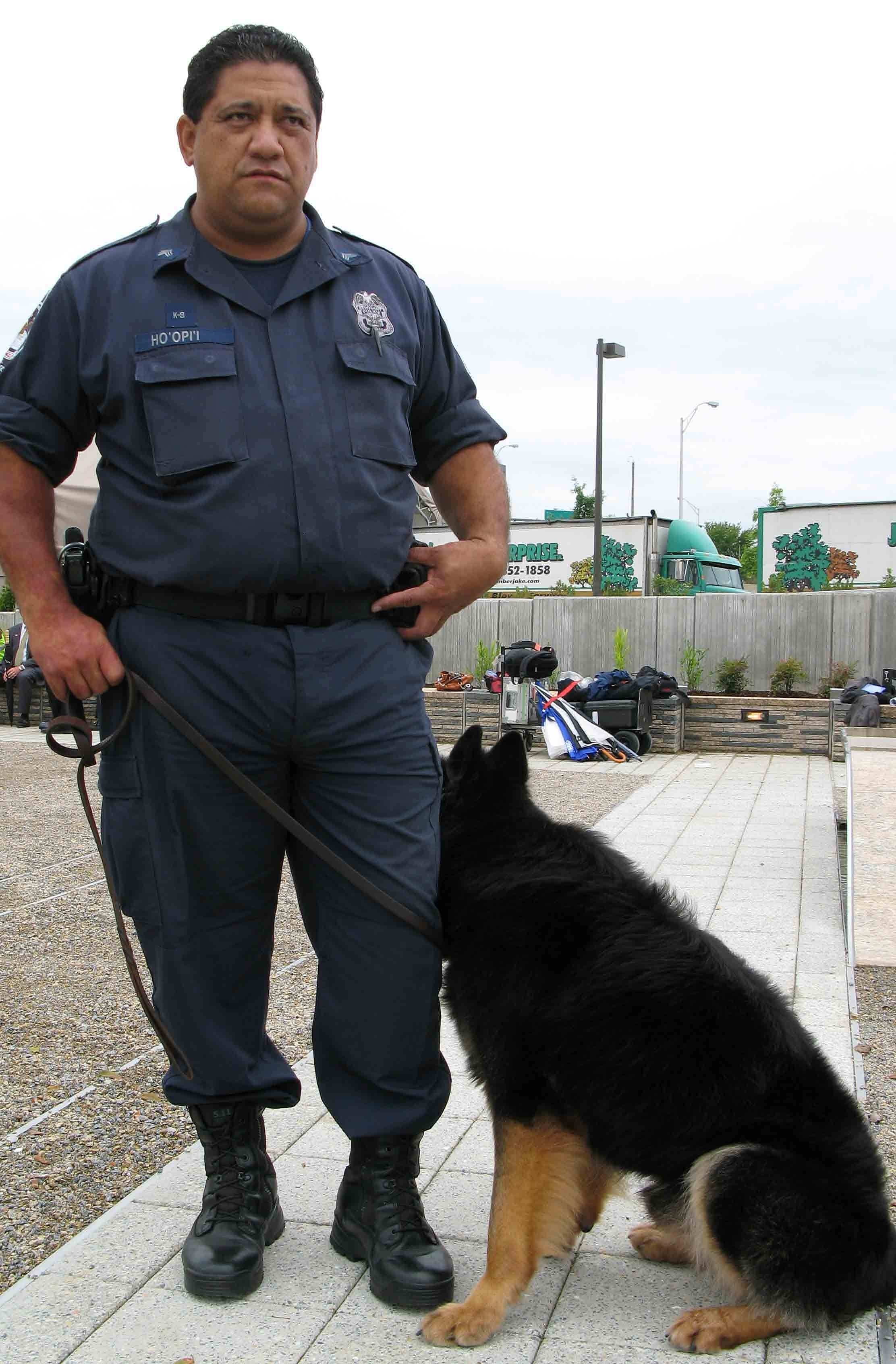
Social Sharing